Last Updated on December 19, 2023
We humans have certainly lived through a lot in our thousands of years on this planet. We endured a lot and continue to do so. Did we leave a trace of our endurance documented throughout history? And why did these important symbols become sacred?
How did our forefathers portray our strength? For those curious, here are the different types of strength symbols and their meanings from different civilizations throughout the world.
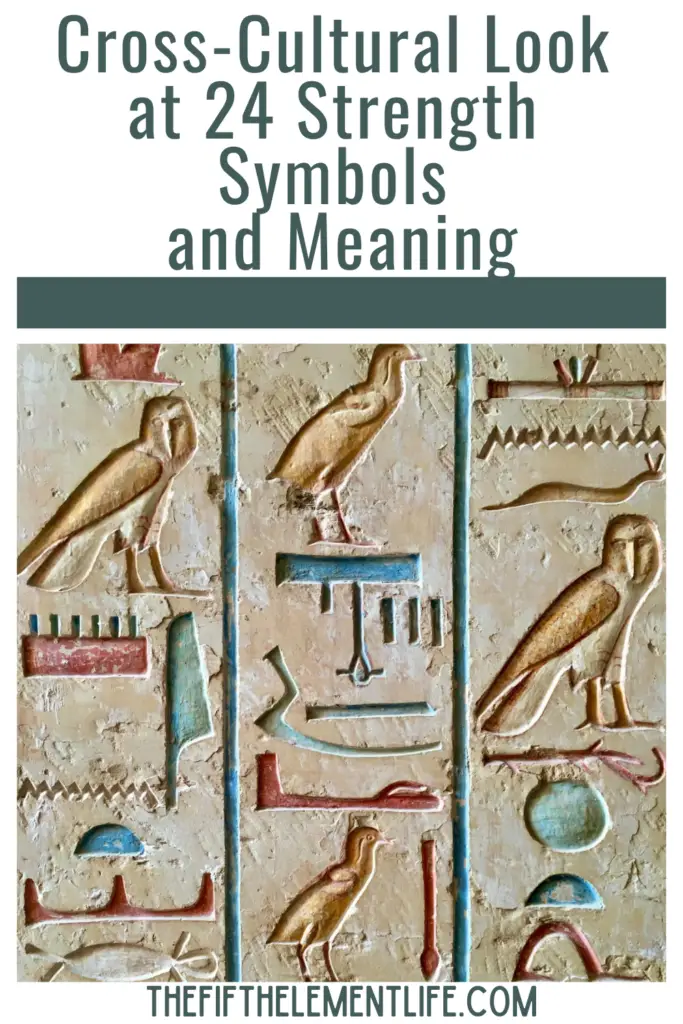
RELATED: Guide to Better Master Ancient Symbols of Strength and Perseverance
All the adversities represent strength and can be an effective visual tool for communicating and connecting diverse concepts and theories.
Symbols have functioned as vivid mediums for conceptualizing all human knowledge since the start of history.
In diverse human communities, strength and power, or the ability to exert or resist significant force, have been the most fundamentally understood concepts.
Key Takeaways
- Cultural Diversity: Strength symbols can vary widely across cultures, reflecting diverse perspectives on power, resilience, and fortitude.
- Animal Symbols: Many cultures associate strength with specific animals like lions, elephants, or eagles, each symbolizing different aspects of strength.
- Mythological Figures: Strength is often embodied in mythological characters or gods known for their power and might, such as Hercules in Greek mythology.
- Natural Elements: Symbols drawn from nature, like mountains, trees, or rocks, can represent enduring strength and stability.
- Geometric Symbols: Some cultures use geometric shapes or patterns to convey strength, often emphasizing balance and stability.
- Weapons: Symbolic representations of weapons, like swords or shields, may signify strength in defense or overcoming challenges.
- Body Posture: Certain symbols may depict strong and assertive body postures to convey physical and mental strength.
- Numbers: Numerical symbols, such as the number 24 itself, may hold cultural or spiritual significance related to strength.
1. The Ancient Symbol of the Phoenix
| Creature | Origin | Main Attributes | Symbolic Meaning |
| Phoenix | Ancient Greece | Rebirth, growth, longevity | Represents strength, Roman Empire’s eternal power |
| Griffin | Levant (2nd millennium BC) | Bravery, power, leadership | Represents strength and intelligence, associated with dragon protection |
| Golden Eagles | Multi-cultural | Might, bravery, ferocity, eternity, strong military capabilities | Symbols of gods’ messengers, linked to primary gods in various cultures |
| Lion | Global | Inner power, bravery, dignity | Symbolizes command, authority, self-control, discipline |
| Dragon | Multi-cultural | Strength, power, good fortune | Linked to East Asian culture, royal symbol for the Chinese emperor |
| Viking Symbol | Norse | Induces terror, provides entry to spirit world | Viking protective charm, circular shape with eight tridents |
| Mjölnir | Norse | Symbol of power | Common Viking protective charm, associated with Thor |
| Uruz | Nordic | Growth, physical and emotional strength, courage | Worn as an amulet for health and well-being, symbol of great power |
| Oak Tree | Global | Resilience, strength, ties to thunder gods | Revered in various ancient European societies, symbolizes might |
| Lotus Flower | Multi-cultural | Endurance, bravery, rising above challenges | Signifies mental strength, transformation, sacred in multiple cultures |
- The Phoenix bird symbolizes rebirth, growth, and longevity, as it rises from its own ashes.
- Its origins are uncertain, but it is primarily associated with ancient Greece.
- Ancient Egyptian accounts mention a bird-like God named Bennu, possibly linked to the Phoenix, as it was a sky god.
- Upon death, the Phoenix bursts into flames and is reborn from the ashes of the same fire.
- Its ability to rise from literal ashes has made it a universally recognized symbol of strength.
- The Phoenix is also a symbolic representation of the Roman Empire’s eternal power and continuity.
2. Why the Griffin is an Important Symbol
The Griffin, often portrayed as a combination between an eagle and a lion’s body represents bravery, power, and leadership.
Though this majestic animal is most linked with European folklore from Medieval times, the Griffin is a figure that dates back to the Levant in the 2nd millennium BC and is a symbol of strength.
Some of these mythical creatures are forebears to the Griffin, mythical beings from other ancient cultures have inspired it, such as the Assyrian deity Lamassu, the Akkadian demon Anzu, and the Jewish beast Ziz.
Because it combines the two great and brave brutes: the Lion and the eagle, the Griffin represents strength and intelligence.
People wore it on many types of clothing on the battlefield. They believed that Griffin protects riches as Dragons did.
3. The Golden Eagles Meaning
These birds symbolize might, bravery, ferocity, eternity, and strong military capabilities across cultures due to their fierce demeanor. It’s no surprise it’s on the national flag of a few countries.
They are also gods’ messengers, which is an interesting side note. The golden eagle links to the primary god in many cultures.
The bird was a symbol of Ra for the Ancient Egyptians and Zeus for the Greeks. Later, it became a symbol of the mighty army among the Romans.
From there, European kingdoms and nations wear it as a charm, on clothing, etc.
The Aztec people would draw the Golden Eagles on warriors who would prove themselves strong and brave enough.
4. Lion
- The Lion, known as the “king of the jungle,” is a prominent symbol of strength in various cultures.
- Buddhists associate with the Lion, as it symbolizes inner power, and the Buddha is often depicted sitting on the beast, representing knowledge and strength.
- Sri Lanka, Belgium, and Zambia incorporate the Lion’s power into their national flags.
- Lions, being nocturnal creatures, symbolize authority over subconscious thoughts and exude power, lacking natural predators.
- The Lion has been a historical symbol of strength and power, akin to the eagle.
- Due to their nighttime hunting, lions also symbolize self-control and discipline, associated with the subconscious.
- In Egyptian mythology, the lioness Sekhmet embodies the goddess of battle and the vindictive strength of Ra.
- The Lion is a symbol of the half-mortal half-god Gilgamesh in Mesopotamian mythology, known for inhumane strength.
- Ancient Persia associates the lion with bravery and dignity.
- According to Aesop, the Greek storyteller, the lion represented might among the Greeks.
RELATED: Lion: Spiritual Meaning, Dream Meaning, Symbolism & More
5. The Dragon as a Symbol of Strength
The dragon is a mythical creature. People described the dragon as either benevolent or malevolent in practically every major ancient culture. Dragons are most associated with East Asian culture, and they represent strength, power, and good fortune for those who are deserving.
The Chinese emperor also utilized the emblem as a royal symbol representing his absolute strength and power.
Many eastern cultures refer to exceptional and extraordinary people as dragons. Being referred to as a dragon is tremendous honor someone can receive because it symbolizes strength and power.
Legend has it that the Yellow Emperor, China’s first monarch, transformed into an immortal half-dragon upon rising to heaven at the end of his life.
6. Viking Symbol of Strength
The symbol is circularly shaped, with eight tridents spreading outwards from the middle of the Circle. Many used the emblem to induce terror in enemies’ minds in ancient times.
The Vikings of ancient times would paint the sign between their eyes, believing it would provide them entry to the spirit world, where they could wield their gods’ powers.
Vikings thought it would give them the ability to battle and immobilize the opponent with dread simply by looking at them.
Viking symbols sometimes look like adinkra symbols, but they are not to be confused.
7. Mjölnir, The Hammer of Thor
Thor was a mighty warrior among the most powerful gods in Norse mythology. He used a mystical hammer known as Mjölnir as a weapon, which was so great that it could even demolish mountains.
As a result, Mjölnir became a sign of power among the Norse people. Furthermore, it was one of the most common Viking protective charms.
When confronting their rivals, their warriors wore Mjölnir pendants or had the sign tattooed on them to invoke the might and protection of their powerful god, Thor.
Thor’s hammer is still one of the most prominent Viking and Norse symbols today, appearing on jewelry and apparel.
8. Uruz
Uruz is the second rune in the Nordic alphabet, symbolizing growth, depicted as a simple symbol. The Uruz symbolizes unbridled physical and emotional strength, perseverance, reproduction, and courage. Further, it is known as the ‘the ox’s rune.’
People commonly worn the rune as an amulet to promote health and well-being. It provides the bearer with a sense of inner power and resilience.
The name ‘Uruz’ comes from ‘aurochs,’ the wild European oxen thought to be a mix between a bison and a mammoth. These animals are no longer alive since becoming extinct in the 17th century. But the symbol is still widely used around the world.
The Norse and Viking people used the Uruz as another symbol of great power
9. Oak Tree
Oak trees are well-known as a sign of resilience and strength. Because of its antifragility, oak wood is a suitable building component for furniture, structures, and large ships.
The amazing thing about oaks is that their roots grow down to the point where they virtually match the tree’s height, making them nearly impossible to tear down.
As a result, the tree can resist weather extremes such as thunderstorms, tornadoes, and hurricanes.
Many ancient European societies revered the great oak as a sacred tree. It links to might, knowledge, and fortitude.
Greco-Roman culture regarded the tree holy and represented their supreme deity, Zeus. On the other hand, the Celts, Slavs, and Norse people considered the tree sacred and is closely tied with their thunder gods.
The tree’s Celtic name was ‘drus,’ which is also an adjunct for ‘strong’ and ‘tough.’
10. The Lotus Flower
Because of its perseverance in overcoming its muddy and dirty surroundings, the lotus flower signifies endurance and bravery in Buddhism. The lotus makes its way through murky, deep water until it rises to the top, where it fully opens its petals. The mental strength one must endure reaching the top reflects the challenges one must conquer to achieve their objective or goal.
However delicate and beautiful, the lotus flower depicts one’s power and strength to rise above the darkness and transform into the greatest feasible form of oneself. The reason is that the lotus flower thrives in murky swamps yet rises far above mud and blooms into a beautiful flower.
The lotus blossom was and continues to be a significant symbol for many past and present civilizations and faith systems, including ancient Egyptians and Hindus.
11. The Hamsa Hand
| Symbol | Cultures Associated | Key Attributes | Notable References |
| Hamsa Hand | Africa, Middle East | Protection from evil, abundance | Worn as jewelry, decoration, or tattoo for good luck |
| Circle | Multi-cultural | Purity, wholeness, eternal | Represented the sun in Ancient Egypt, Ouroboros in some cultures |
| Cross | Global | Hope, inner strength | Primary symbol in Christianity, associated with Jesus’ endurance |
| Lightning Bolt | Multi-cultural | Divine power, overcoming odds | Depicted in Celtic symbols, associated with gods in various cultures |
| Scarab Beetle | Ancient Egypt | Strength, vigor, rebirth, prosperity | Linked to Egyptian deity Khepri, symbol of good luck |
The Hamsa symbol comes from the Arab “khamsa.” It means five. Further, it is a palm-shaped symbol with three straight fingers pressed together and two thumbs leaning away from the palm on each side.
It’s most popular and worn in Africa and the Middle East.
The Hand of Fatma is another name of the Hamsa hand. It brings its wearer protection from all evil and abundance for many decades.
Today, the Hamsa is worn in the form of jewelry, on clothing, as decoration on your front door, and even tattooed.
The hand of Fatma dates back thousands of years to Carthage and even ancient Mesopotamia. So, it’s no wonder the sign appears in Judaism, Christianity, Buddhism, and the Muslim culture as a symbol of all-around good luck and protection from the evil eye and negativity.
RELATED: Hamsa Hand Symbol and Meaning Guide
12. What are the Symbolic Meanings of the Circle?
- The Circle is a symbol of great importance in various cultures, representing concepts such as purity, wholeness, and the eternal.
- In Ancient Egypt, the Circle symbolized the sun and was associated with Ra, the highest Egyptian god.
- The Ouroboros, a snake biting its tail, represented renewal and fulfillment within itself.
- Ancient Greece regarded the Circle as a perfect metaphor (monad), linking to heavenly symbolism and natural harmony.
- Buddhists in the east saw the Circle as a symbol of spiritual power, signifying the attainment of awakening and completeness.
- In Chinese culture, the Taiji symbolized the “Supreme Ultimate,” representing unity before the dualism of yin and yang and the ultimate source from which life flows.
13. The Cross
The cross is, without a doubt, the primary symbol of hope and inner strength.
It’s also a symbol of physical ability since it refers to Jesus’ capability to endure the agony of being crucified.
People believed that tattoos of a cross help people conquer difficulties in life better.
14. The Lightning Bolt
The lightning bolt dates back to Celtic symbols and ancient Greek mythology. Many cultures commonly viewed it as how the Gods punished non-believers. The lightning bolt associates with divine power. People frequently used it as a tattoo symbolizing one’s ability to overcome impossible odds in life.
Both men and women tattoo this symbol to express their inner strength and power.
It must have been quite a humble experience in different cultures to first witness the lightning bolt and the brute force of nature that it brings.
Many civilizations believes thunderbolts connects with powerful deities. For the Hurrians and the Hittites, the lightning bolt was related to their god Teshub. For the Romans and the Greeks, it was Zeus. Some German cultures associated the bolt with Thor, who we mentioned before.
It has long been one of the symbols of Indra, the god of heaven in Hinduism, who killed the huge serpent, which represents the notion of evil in India. Many tribes in the New World thought that the thunderbird, a mythical creature of enormous strength and power, creates lightning.
It was a symbol of Huracan among the people in Mesoamerica, a mighty god connected with various qualities such as storms, rulership, and magical powers. The lightning bolt also links to a higher presence in other major religions.
15. The Scarab Beetle, an Ancient Egyptian Symbol
One of Egypt’s most ancient symbols is the scarab beetle. Strength, vigor, productivity, rebirth, prosperity, and eternity are all represented by this symbol. The scarab links to the Egyptian deity Khepri. Khepri possessed the strength to pull the sun across the sky.
Many people believe that wearing Scarab pendants and charms represents power and the endurance they need to overcome any problems in life. Thus, they worn it as a symbol of good luck. The hardness of its exterior acts as a type of shield and protection from any harm.
16. Wolf as a Symbol of Strength
The wolf frequently shows to symbolize trust, protection, courage, freedom, and independence. In addition, several Native American tribes regarded the wolf as a powerful animal. They believed it created all things on earth and was the first creature to die.
The wolf is the best hunter. Also, many people associate it with possessing huge spiritual strength. It is also a social creature that communicates by physical movement, touching, and sound.
RELATED: Wolf: Spiritual Meaning, Dream Meaning, Symbolism & More
Other Animals Representing the Symbol of Strength:
| Animal | Symbolic Attributes | Cultural Associations |
| Wolf | Trust, protection, courage, independence | Regarded as a powerful animal by Native American tribes |
| Bear | Strength, bravery, family | Symbolizes strength and comfort to Native American tribes |
| Horse | Pride, power, wisdom | Holy in early civilizations like Greece and Rome |
| Raven | Death, dread, bad omen | Associated with loss and tragedy, used for a grim atmosphere |
| Dove | Peace, serenity, gentleness | Common symbol of peace in Christianity, Judaism, and politics |
| Butterfly | Change, transformation, internal/external shift | Symbol of the soul in certain civilizations |
| Owl | Knowledge, mystery, death (in some cultures) | Ancient significance linked to Athena in Greek mythology |
| Wild Boar | Power, bravery, prosperity | Symbol of strength in Celtic culture |
| Jaguar (B’alam) | Power, savagery, dominance | Symbolized power and courage in Mayan culture |
17. The Bear
The bear symbolizes strength, vigor, bravery, and family for Native American tribes. It is highly independent and self-sufficient when it comes to most things. The bear also has a great deal of willpower and resilience.
As a result, the bear symbolizes strength and comfort to Native Americans who felt they needed some extra reassurance and solace when alone for long periods.
18. The Horse
The horse has been a pillar of pride, power, and wisdom in various societies for thousands of years. The horse became holy among early civilizations for exactly that reason.
Greece and Rome highly respected it later on, its symbol signifying prosperity, strength, and prestige.
The Horse, after the dragon, is among the most frequently depicted Chinese symbol in their history and art.
The horse sign had diverse connotations among Native American tribes across the Pacific. Most cultures from the old world associates the horse with power, youthful vigor, and strength.
19. The Raven
Edgar Allen Poe’s poem “The Raven” is one of the most famous examples of the utilization of this enigmatic and legendary bird, which is typically connected with its relative, the crow.
The raven has become associated with death and dread in the human mind as a bird that feeds on rotting corpses. Ravens’ symbolism is so widespread that people today associate them with a bad omen.
All types of visual interpreters can use the raven sign to foretell loss and tragedy or create a grim atmosphere.
20. The Dove Symbol
Dove symbol closely correlates with peace, serenity, and gentleness. Its significance has become so widespread that some of the world’s biggest religions like Christianity and Judaism used it as the most accurate image of peace, mercy, and the divine
It has also become associated with peace and the end of a battle in present society. Further, society may use this religious symbol as a symbol for anti-violence initiatives in a political form and the Olympics. It has become a medium for promoting worldwide peace and collaboration.
All messengers can use the symbol to convey tranquility, unity, oneness, and the lack of aggression.
21. Butterfly Symbolism
Because of its metamorphosis from a small caterpillar to a gorgeous creature with strikingly colorful wings, the art world and mythology recognized the butterfly as a symbol of change and transformation all over the world.
Certain civilizations used stunning butterfly as a symbol of the soul. Further, mythical stories featured the butterfly to symbolize a visit from someone who has died or the potential of life beyond death.
The “Titanic” utilized the ornamental butterflies on Rose’s hairbrush to reflect her escape from the cocoon of her marriage to a partner she didn’t really love.
Anyone can use this symbol of the butterfly to physically express any type of internal or external shift or metamorphosis.
RELATED: Butterfly: Spiritual Meaning, Dream Meaning, Symbolism & More
22. The Owl
The owl as a symbol is as popular as it has ever been, with owls appearing in everything from jewelry and apparel to interior decoration and household items. However, the popularity of the owl is nothing new.
The fact that an owl typically followed Athena, the Greek goddess of knowledge, contributed to its ancient significance as a symbol. Native American beliefs associates the owl to the mystical world and even death since it is a nocturnal creature.
Owls are seen as fascinating and supernatural beings who live in the shadows and rise from them due to their nocturnal nature. The creatures were even thought to be witches in disguise by European settlers during the Middle Ages.
Similarly, the owl was seen as a bearer of secret messages and a companion of wizards and witches in Aboriginal Australian and West African civilizations.
An owl can be used to signify knowledge, intellect, or an obstacle that needs to be overcome in logo design.
23. Wild Boar Celtic Symbol
The wild boar was undoubtedly one of those animals that held special significance as a Celtic symbol.
Wild boars are fearsome, deadly, and formidable beasts, and the Celts viewed them as a symbol of power, bravery, and prosperity. In Chinese culture, the wild boar was considered a symbol of strength.
24. B’alam: The Symbol for Strength in Mayan Culture
The Mayans believed that the Balam was used to depict a jaguar. The Jaguar was thought to be one of the first gods ruling the underworld.
In Mayan society, the Jaguar was a sign of power, symbolizing savagery, dominance, and courage.
This animal is respected and feared because its name means the one who kills with one strike.
Frequently Asked Questions
What are strength symbols, and how do they convey power and resilience?
Strength symbols are visual representations that embody qualities of power, resilience, and inner fortitude. They serve as potent reminders of strength in various aspects of life.
How can strength symbols positively impact one’s mindset and motivation?
Strength symbols have the power to inspire and motivate by providing a visual focus on qualities such as courage, determination, and resilience, fostering a positive mindset.
Are strength symbols culturally diverse, or do they have universal significance?
Strength symbols come from diverse cultural backgrounds, each with unique meanings. However, many symbols transcend cultural boundaries, embodying universally recognized traits of strength.
Can you provide examples of strength symbols from different cultures?
Examples of strength symbols include the Celtic knot representing eternal strength, the Maori Koru symbolizing growth and strength, and the Japanese Kanji character for strength, “力.”
How do animals serve as strength symbols in various cultures?
Animals often symbolize strength in different cultures. For instance, the lion represents courage in Western symbolism, while the elephant symbolizes strength and wisdom in Eastern cultures.
Are there specific colors associated with strength symbols?
Colors like red, symbolizing passion and vitality, and gold, representing triumph and achievement, are often associated with strength symbols. However, interpretations may vary across cultures.
How can someone incorporate strength symbols into their daily life?
Incorporating strength symbols can be as simple as wearing jewelry, displaying artwork, or having a tattoo. These symbols serve as constant reminders of personal strength and resilience.
Do strength symbols have a role in spiritual or religious contexts?
Yes, many strength symbols have roots in spiritual or religious traditions. For example, the Egyptian Ankh symbolizes life and strength, while the Buddhist Dharma Wheel represents inner strength.
Can individuals personalize strength symbols to align with their unique experiences?
Absolutely. Many individuals choose strength symbols based on personal experiences or cultural connections, allowing for a personalized and meaningful representation of their individual sources of strength.
How can one discover the right strength symbol that resonates with them?
Exploring various cultural symbols, animals, or even elements like trees or mountains can help individuals discover a strength symbol that resonates with their unique journey and aspirations.
- Affirmations - January 26, 2023
- 22 Most Popular Viking Symbols (Norse Mythology) - August 3, 2022
- Vegvisir Symbol (Norse Mythology And Modern Times) - July 29, 2022

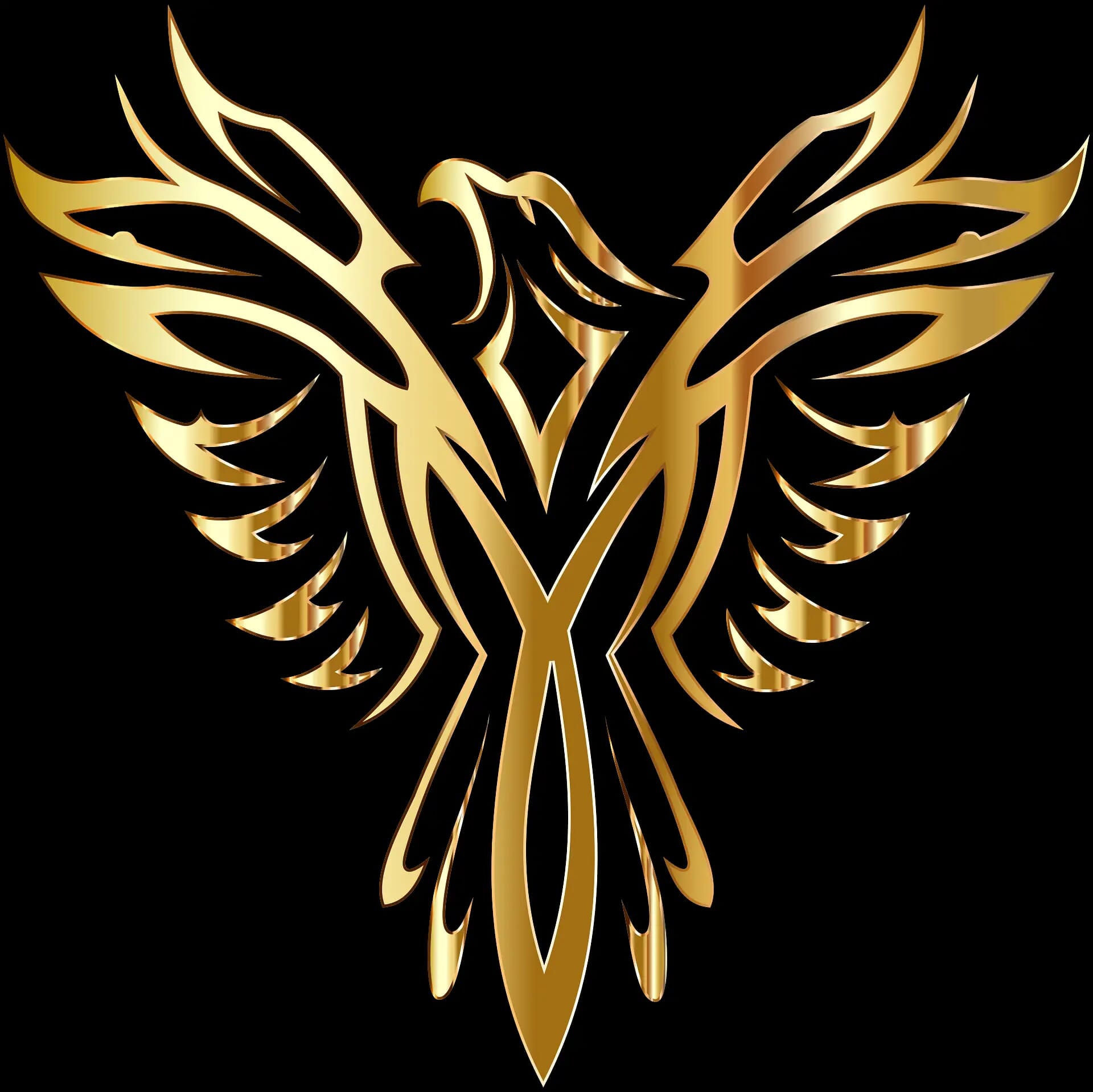

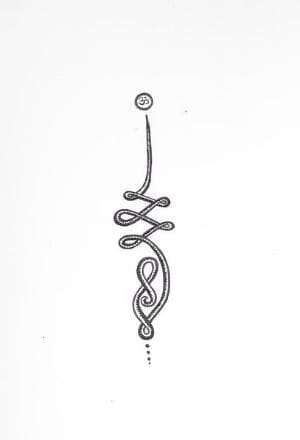
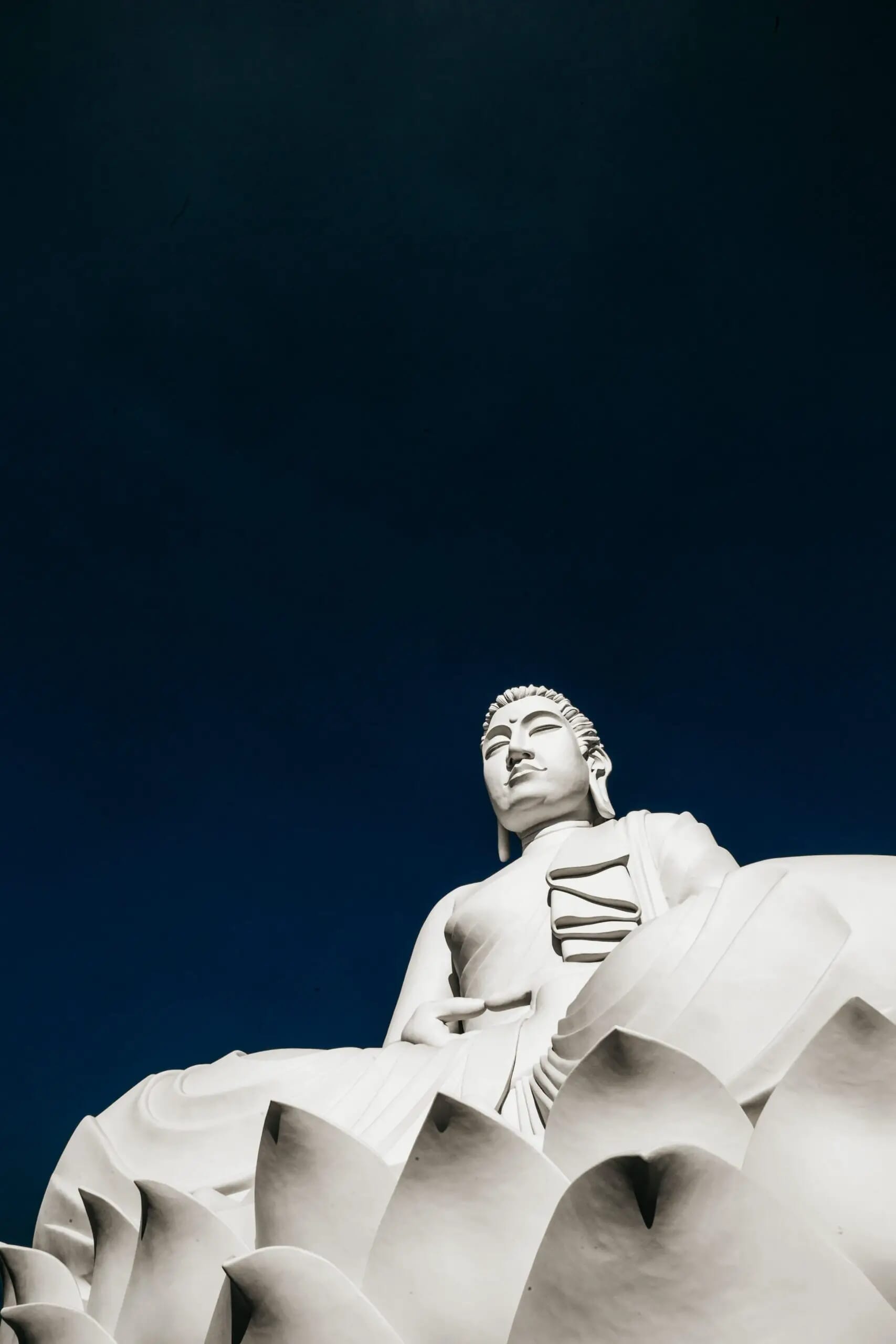
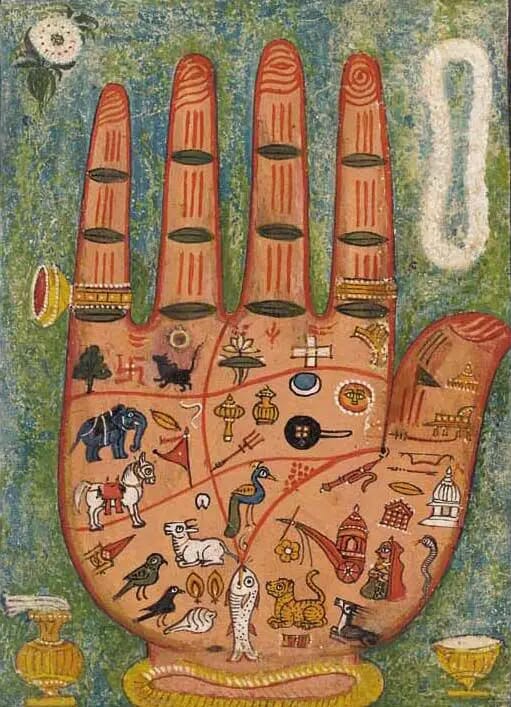
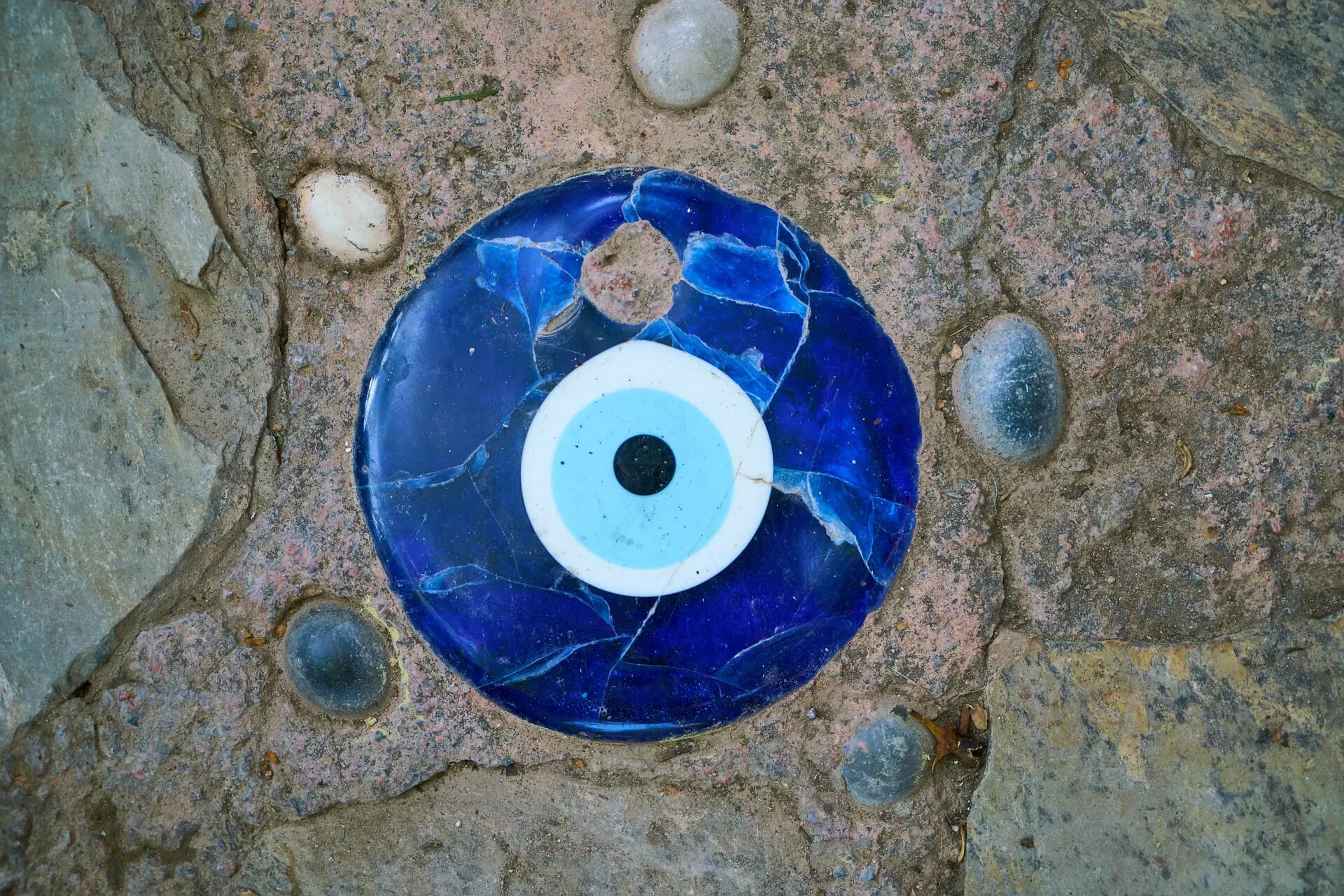

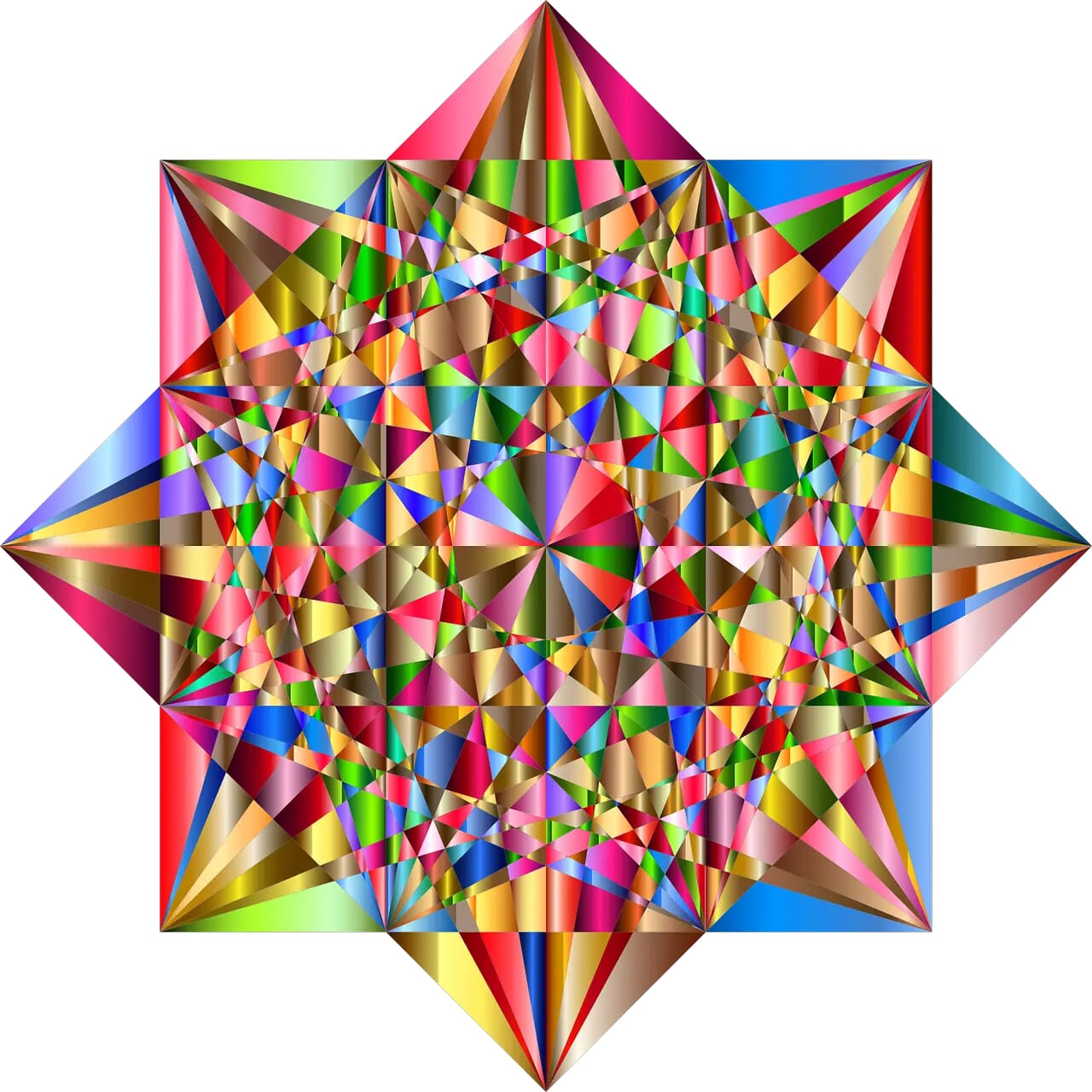
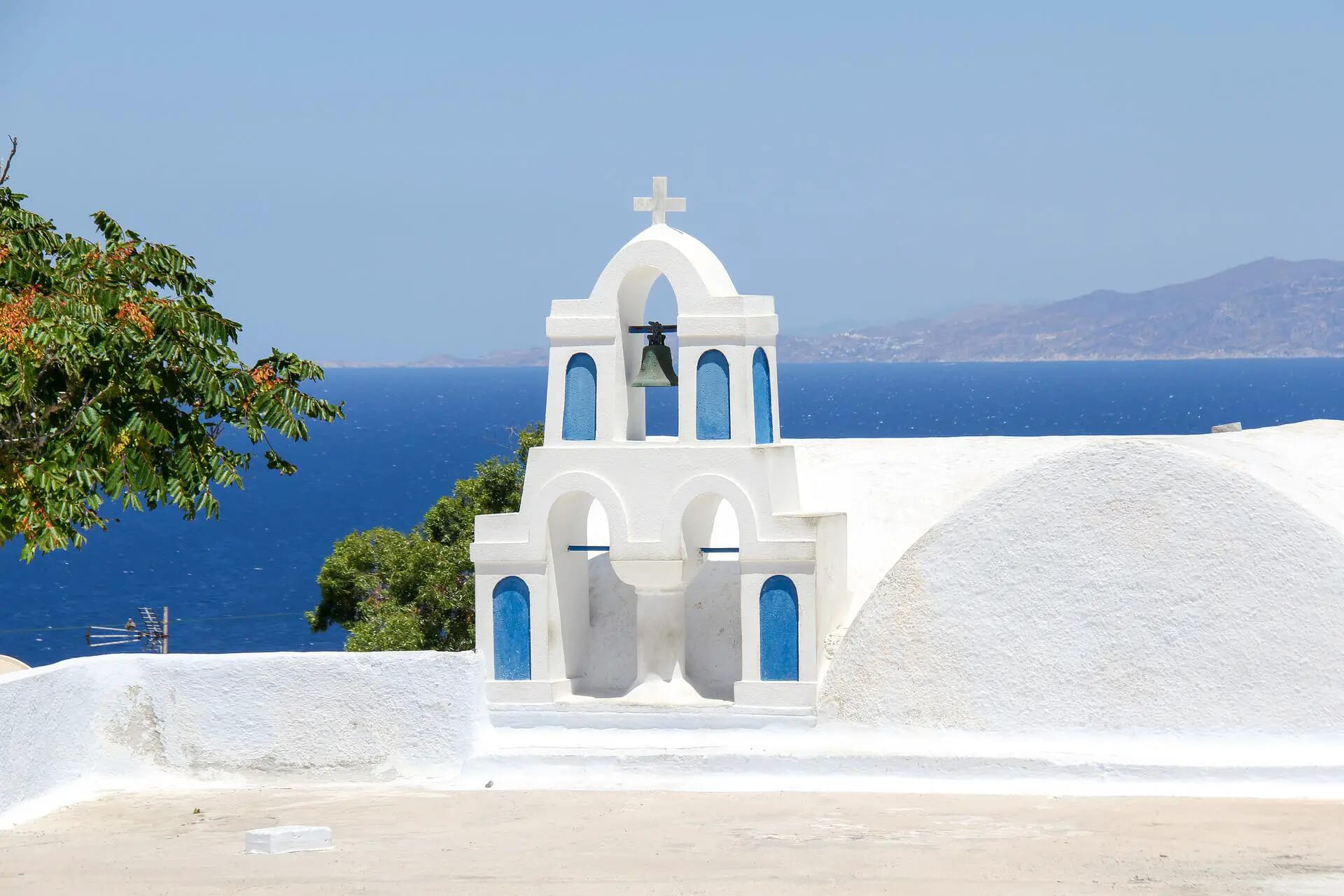
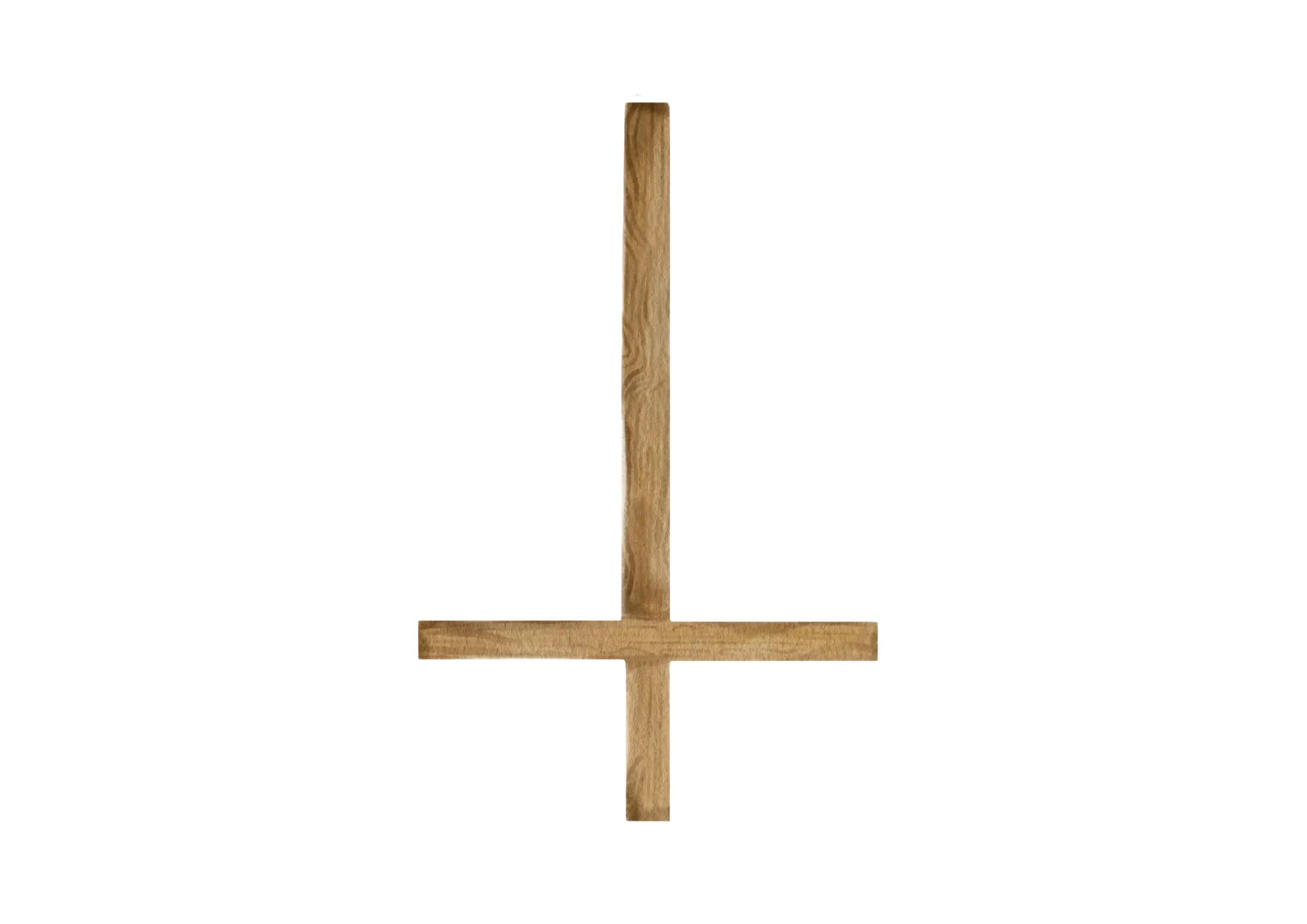

I was pretty pleased to uncover this great site. I want to to thank you for your time just for this wonderful read!! I definitely liked every little bit of it and i also have you book marked to look at new information in your blog.
Good day! I simply want to offer you a big thumbs up for the excellent info youve got right here on this post. Ill be coming back to your site for more soon.